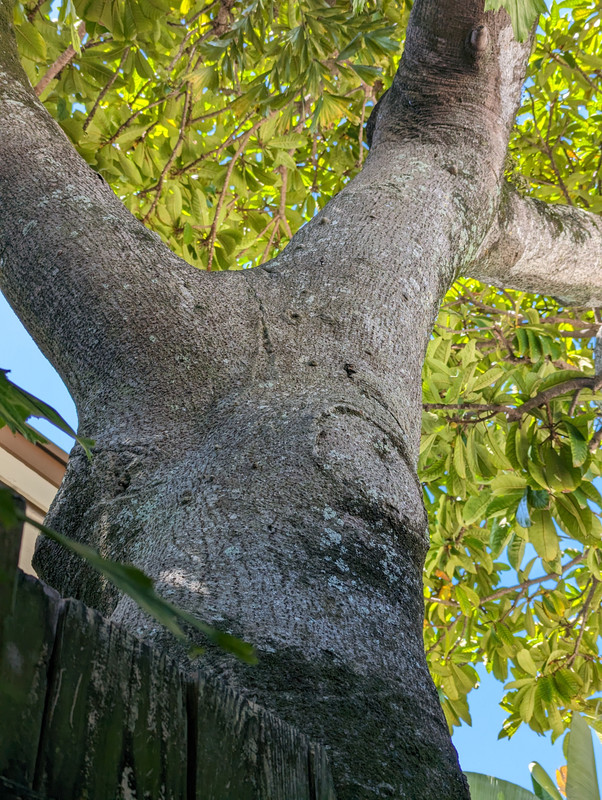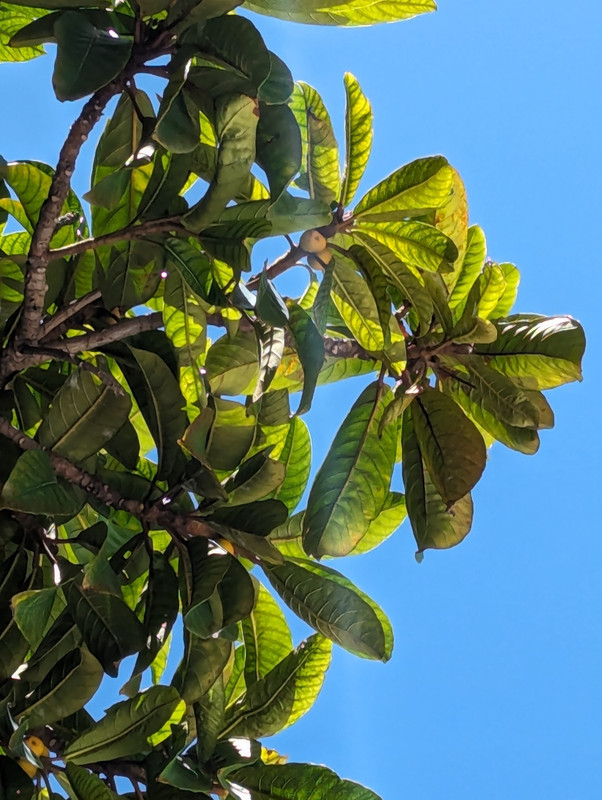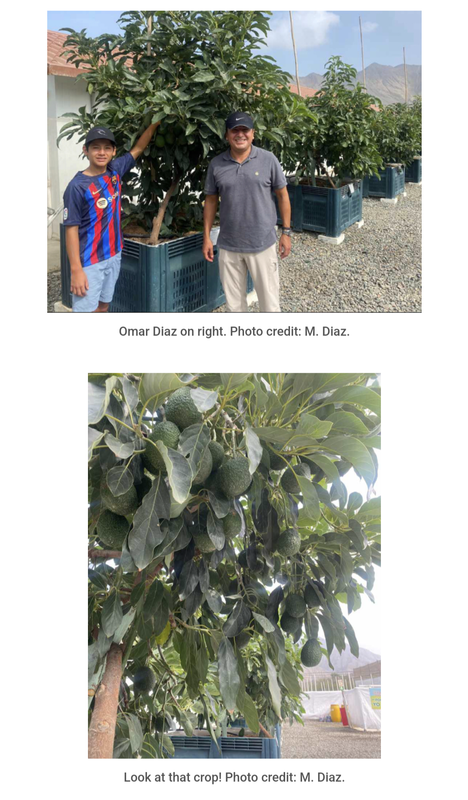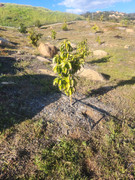1
Cold Hardy Citrus / Re: Do you have a picture of a large prague citsuma plant?
« on: Today at 02:50:52 PM »
Has anyone tried rooting cuttings or marcotting? Wonder how vigorous it would be on its own roots.
I grafted four scions of Prague on different rootstocks in my greenhouse in Feb 2023 and all four failed to bud out all year despite staying green. I cut one off thinking it had failed, but the other three are still just sitting there now, green but refusing to bud out. I've never seen anything like it, but I assume it's related to the lack of vigor, or incompatibility with rootstocks (3 were different kinds of mandarins, one was a lemon seedling).
I noticed today that one of the three is showing very slight bud development, so I'm holding out hope. That's the one that's grafted to the central leader of a grafted Pixie mandarin (in the ground in my greenhouse).
I grafted four scions of Prague on different rootstocks in my greenhouse in Feb 2023 and all four failed to bud out all year despite staying green. I cut one off thinking it had failed, but the other three are still just sitting there now, green but refusing to bud out. I've never seen anything like it, but I assume it's related to the lack of vigor, or incompatibility with rootstocks (3 were different kinds of mandarins, one was a lemon seedling).
I noticed today that one of the three is showing very slight bud development, so I'm holding out hope. That's the one that's grafted to the central leader of a grafted Pixie mandarin (in the ground in my greenhouse).


















